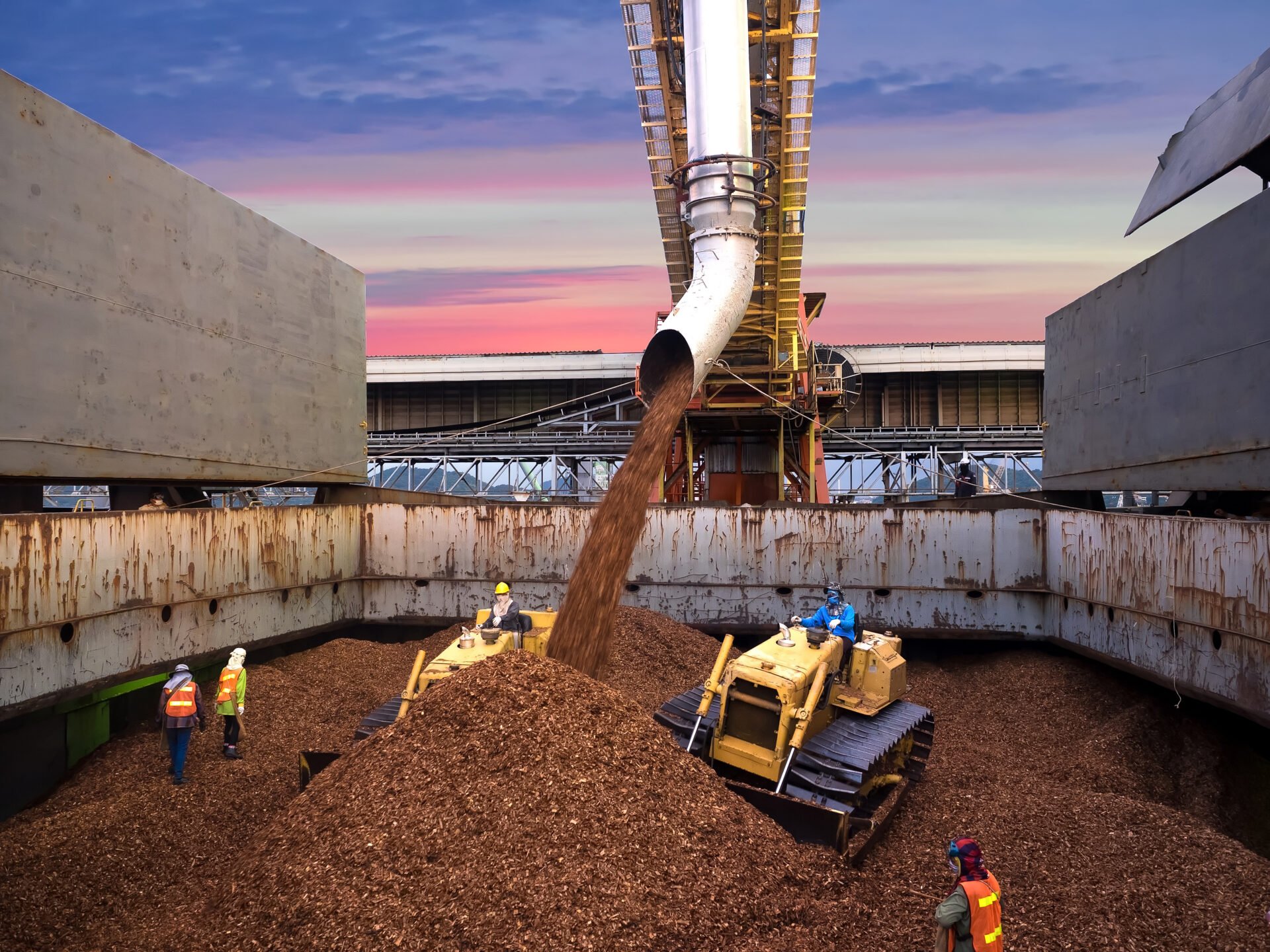Revolutionising Biomass Power Plant Efficiency with AI
Biomass, once the linchpin of energy production, is experiencing a resurgence, contributing nearly 5% of U.S. primary energy consumption in 2022. However, the growing complexity of this sector brings significant challeng...

Biomass, once the linchpin of energy production, is experiencing a resurgence, contributing nearly 5% of U.S. primary energy consumption in 2022.
However, the growing complexity of this sector brings significant challenges, with one of the most critical being the accurate measurement of wood chip moisture content—a million-dollar problem that directly impacts the efficiency of biomass power plants.
Converting wood chips into energy requires knowing their moisture content, but current methods aren’t reliable. So, there’s an urgent need for a smarter approach to making biomass power plants more efficient. Nailing down the moisture content in wood chips. With current methods yielding unreliable results, we need a fresh take to make these power plants more efficient.
The Million Dollar Problem: Accurate Moisture Measurement
In the pursuit of converting wood chips into energy, knowing their moisture content is paramount. Yet, current methods fall short of providing reliable measurements. This urgent need for a smarter approach to enhance the efficiency of biomass power plants revolves around the accurate measurement of moisture in wood chips. The existing methods yield unreliable results, prompting the search for innovative solutions.
The journey to solve this problem commenced with the realisation that accurately measuring the moisture content of wood chips was far from straightforward. The available measurements were both scarce and far from dependable. Given the substantial daily consumption of the power plant, the limited sample size inadequately represented the input, and the precision of these measurements left much room for improvement.
The Million Dollar Solution: Optical Sensors and Machine Learning

In the face of this daunting challenge, a blueprint for an AI-driven solution emerged—a system that incorporated optical sensors for continuous, precise wood moisture content measurement. Initial skepticism about the feasibility of optical sensors, due to potential interference from dirt and sawdust, was quickly overcome, marking a significant breakthrough in the initiative.
Leveraging the existing cameras within the power plant, which were originally deployed for monitoring operations, these cameras were ingeniously repurposed to offer detailed insights into the wood chips entering the boiler. When seamlessly integrated with a machine learning algorithm, they began providing real-time analysis of the wood chips’ characteristics. This breakthrough paved the way for optimised steam load production and an overall increase in power plant efficiency.
The considerable variability in wood chips’ size, colour, species, and age posed a formidable challenge. However, machine learning’s unique ability to recognise patterns and make predictions offered a robust solution. It essentially replicated the intuitive knowledge of plant operators, fostering a systematic, data-driven approach to enhance power plant operations.
Translating Complexities into Real-world Applications
The project represents a significant leap forward in the optimization of biomass power plant operations. The practical application of complex machine learning concepts has made a substantial contribution to the sustainability of renewable energy. The results have been highly promising, with participating plants showcasing a remarkable 15% improvement in efficiency. This underscores the tangible, real-world value of AI in addressing common yet substantial problems within the biomass industry.
AI as a Key Player in Sustainability
As concerns about environmental sustainability continue to rise, innovative solutions like the integration of optical sensors and machine learning in biomass power plants become increasingly crucial. This approach not only resolves a “million-dollar problem” but also sets a precedent for employing AI to tackle sustainability challenges in various industries. The project exemplifies how the fusion of technology and renewable energy can liberate untapped potential for productivity and efficiency, bringing us one step closer to a greener and more sustainable future.
In summary, the integration of AI, optical sensors, and machine learning in biomass power plants stands as a testament to human ingenuity and innovation. It not only addresses pressing issues but also paves the way for a brighter, more sustainable future, where AI plays a pivotal role in driving environmental conservation and energy efficiency.



